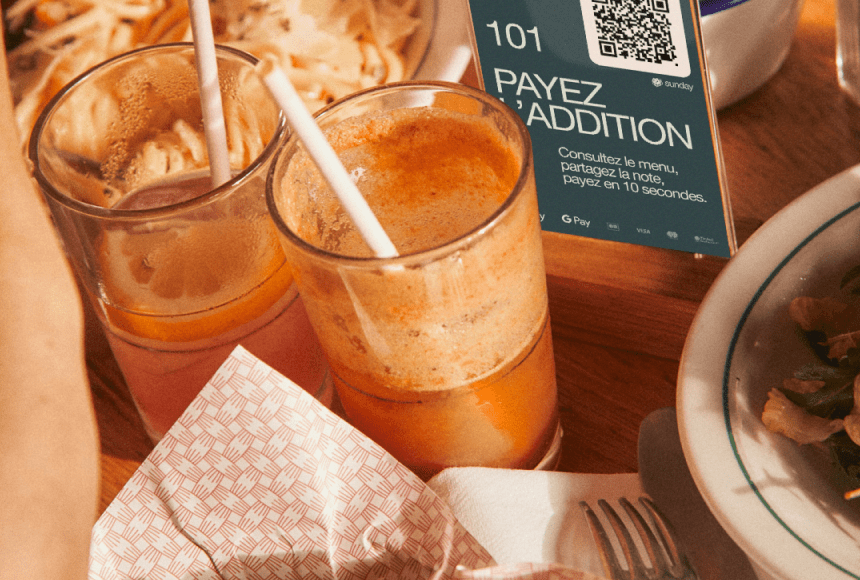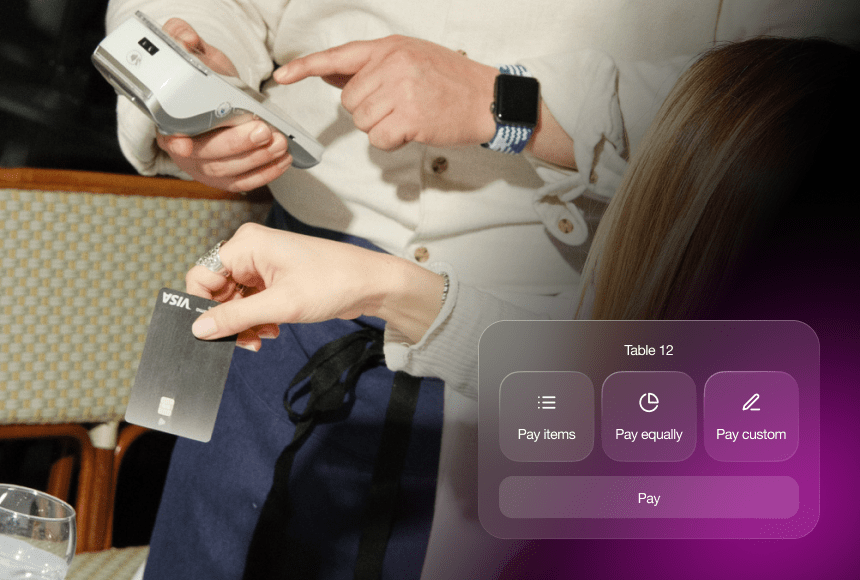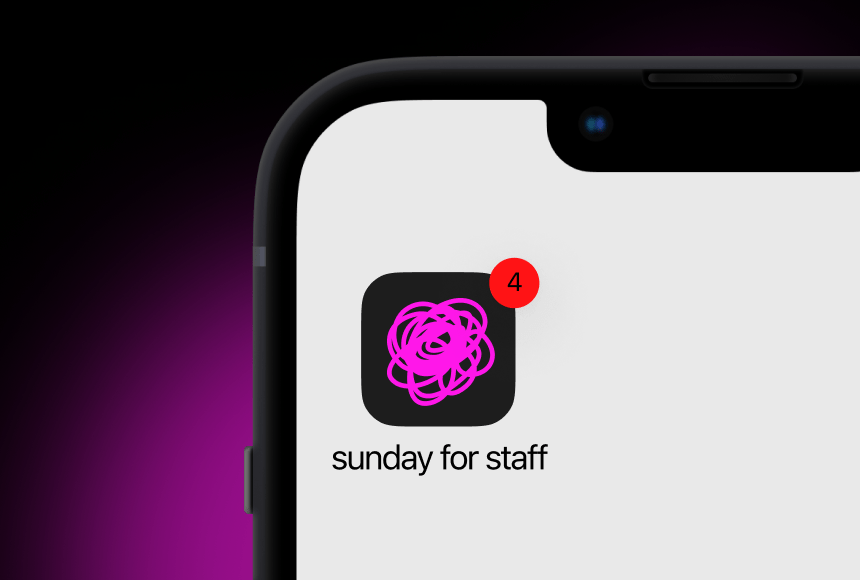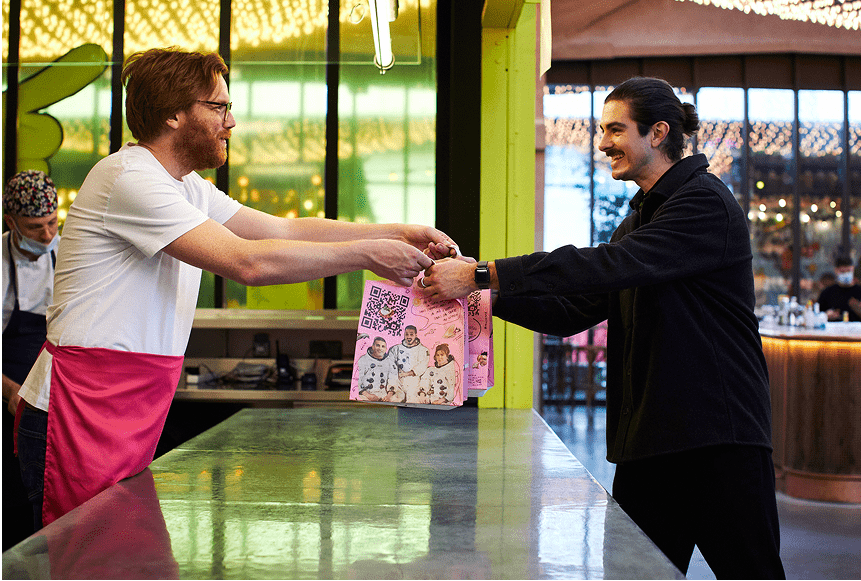
Unlocking Valuable Guest Insights Through Payment Information
From Transaction to Connection: Why Payment Data Matters
Picture a packed Saturday night at your restaurant. Orders are flying in, your team is juggling plates, and guests are enjoying the buzz of a full house. Then comes the moment of truth: the payment. A simple tap, a quick scan of a QR code, or a short pause to pull out a card and confirm the transaction. For most restaurateurs, this step is purely functional—just the final piece of the service puzzle. But beneath the surface of each transaction lies a wealth of untapped information about who your guests are and how they behave.
That’s the magic of payment data. It’s not restricted to a mere record of how much was spent on a given date. When collected and analysed effectively, it reveals profound insights: how often people come back, what items they tend to order, the payment methods they prefer, how frequently they tip, and the broader patterns in their overall customer journey.
Such insights can become the secret sauce in your restaurant’s strategy, helping you craft precise marketing campaigns, fine-tune your menu, anticipate staff needs, and cultivate loyal relationships with your guests. When you truly understand how your customers pay and why, you can transform routine transactions into a bridge that links you directly with their preferences. In this article, we’ll dive deeper into how, when interpreted properly, your payment data can give you a taste of your guests’ expectations.
Reading the Signals: Key Insights Hidden in Payment Data
If you think your payment data is simply a spreadsheet of numbers, think again. Yes, you can see daily or weekly revenue, but there’s so much more you can discover:
- Peak Hours and Seasonal Trends: By tracking payment timestamps, you can identify patterns—busy lunch breaks during weekdays, Sunday rush, or even a surge in footfall during big sporting events.
- Return Frequency and Loyalty: Seeing the same card details reappear over time can highlight regulars. Combine those insights with average spending habits, and you’ll learn who your VIPs might be.
- Preferred Payment Methods: Cash is increasingly rare, and many guests in the UK now prefer contactless card transactions or mobile wallets. Understanding these preferences helps you tailor your payment options and speed up checkout.
- Spending Habits and Menu Choices: Cross-referencing orders with payments can reveal which menu items are consistently best-sellers. You might also detect if guests lean towards certain priced items, which can inform how you organise or promote your menu.
- Tip Patterns: By looking at how your guests add gratuities—especially if your solution prompts them—you can glean insights into your service quality and identify peak tip times or team performance differences.
When these puzzle pieces fit together, you get a dynamic picture of your restaurant’s ecosystem, helping you shape strategies that go beyond guesswork. Rather than relying on hearsay or hunches, you can let the numbers speak directly to you.
Putting Data to Work: Strategies for Harnessing Payment Insights
Numbers alone won’t improve your business; it’s how you apply those insights that counts. Here are concrete ways to use your payment data effectively:
- Menu Optimisation: Identify your most profitable dishes and the ones with less traction. Sometimes a dish that’s popular doesn’t always yield the highest margin. By correlating item sales with payment totals, you can see which plates are truly pulling their weight.
- Loyalty and Engagement: Noticing repeated visits from certain guests? Offer a loyalty programme or occasional perks like a free dessert or a complimentary drink. Tracking purchase behaviour over time helps you personalise those rewards.
- Improved Staffing: If your payment data shows a specific Friday lunch rush more pronounced than previously thought, you can plan your team’s schedule accordingly. This not only boosts service quality, but also reduces unnecessary labour costs on slow shifts.
- Targeted Marketing: Why promote breakfast deals if most of your clientele visits after 6 PM? Data on transaction times helps you focus your marketing efforts on the times that matter most, ensuring better ROI on any advertising spend.
- Guest Segmentation: Payment amount, frequency, seasonal behaviour—all of these clues can help you create guest segments. Maybe you have a “weekday business crowd” vs. “special occasion family dinner” category. That sort of segmentation can guide your messaging and promotions for maximum impact.
Of course, data strategy doesn’t have to be complicated. Even a few simple tweaks in how you track and interpret transactions can yield significant changes on your bottom line.
Overcoming Common Data Challenges
Managing payment data isn’t always straightforward. You may face issues like data overload, confusion on how to segment guests, or even lack of time to process it all. Here are a few hurdles and how to jump them:
- Too Much Information: When you’re running a bustling restaurant, wading through endless spreadsheets can feel overwhelming. Start small: define a clear objective such as discovering your busiest day. Then scale up gradually.
- Inconsistent Data Collection: If you aren’t using a unified system—or staff members input transactions differently—you’ll have inconsistent records. Look for a payment solution that standardises data collection across all channels.
- Data Privacy and Security: Respect your guests’ trust. Ensure payment information is always encrypted and compliant with regulations. Keeping data anonymous and aggregated when analysing is often the best route.
- Lack of Expertise: Data analysis can be intimidating if you’re more comfortable in a kitchen than a spreadsheet. There’s no shame in partnering with third-party solutions or consultants who can interpret the data for you. Alternatively, consider training up a team member keen on analytics or designate someone to grow into this role.
Addressing these challenges is part of modern restaurant management, and it’s far from impossible. With the right approach, your data can be a catalyst for growth, rather than a source of anxiety.
Real-World Example: A Local Bistro’s Turning Point
Let’s walk through a fictional—but entirely plausible—example. Imagine a cosy bistro in Manchester, thriving on homemade pies and local ales. The owner, Sam, noticed his evenings were always bustling, yet profits weren’t as high as he’d hoped when he tallied the numbers.
Sam turned to his payment data for answers. After consolidating card transactions from his chip and PIN devices and mobile payment systems, he discovered:
- Wednesday nights had a surprisingly consistent number of big spenders—groups who were partial to higher-priced wine bottles and speciality dishes.
- Weekend patrons arrived in bigger groups but usually spent less overall per person. They also tended to linger for social gatherings. Tipping was lower on Saturdays, perhaps because of the casual crowd or families with kids.
- Lunchtime transactions were minimal, but tips during midday were higher in percentage—likely office workers eager for quick service.
He decided to make some adjustments. First, Sam created a “Midweek Wine Special,” promoting a premium bottle paired with a signature dish. He also introduced a “Kids Eat for Less” menu on Saturdays, appealing directly to the family crowd. Meanwhile, he enhanced lunch combos—adding swift table service, a streamlined menu, and contactless payment options for those who needed to get back to work fast.
Within two months, Sam saw a 20% lift in overall revenue. His feedback soared as well. Guests appreciated how the menu echoed their tastes, and his staff noticed smoother service flows. The story might be fictional, but the logic stands: payment data can unlock hidden patterns and help you adapt to what guests genuinely want.
Leveraging Technology: Tools for Deeper Analysis
Analysing payment data is simpler if you have the right tools. Some solutions can generate automated reports, letting you track your busiest times, average transaction values, and even net profit margins. Others can merge payment data with your point-of-sale system, giving you a centralised, real-time overview of your business performance.
This is also where solutions like sunday come in. With a system designed to display clear, visual dashboards for each day’s transactions, you can skip the guesswork. sunday’s QR code payment approach simplifies the process for guests—no fiddling with cards or waiting for the bill—and also gives you a more transparent look into digital tipping habits or speed of service. Because everything is digital, it means more data about your guest preferences—and fewer manual steps.
As digital payments continue to rise, UK-based restaurants are keen to make transactions as smooth as possible. According to the Office for National Statistics (ONS), contactless payments in the UK have climbed steadily in recent years, and there’s no sign of slowing. Ensuring you have a card reader and a seamless digital experience satisfies this need while boosting data accuracy.
Ensuring Data Responsibility and Ethics
Data can be powerful—but with big power comes big responsibility. Here are a few golden rules to follow:
- Transparency: Guests should know why you collect data and how you use it. Feature a concise privacy notice if you gather any personal information.
- Compliance: Payment data must be stored securely and conform to General Data Protection Regulation (GDPR) guidelines in the UK. Encrypt sensitive data and restrict access.
- Avoid Overreach: You don’t need personal identifiers like a name or phone number to spot patterns in how groups behave. Keep your analyses aggregate-based when possible.
Respecting data privacy not only keeps you out of legal trouble, but it also builds trust with your clientele. When people see you handle their information professionally, they’re more likely to remain loyal—and even share positive reviews in person or online.
Expanding the Guest Experience Beyond the Bill
Beyond the payment itself, there’s an opportunity to turn a transactional moment into a gateway for continued engagement. Some restaurants incorporate post-payment surveys, quick rating prompts, or direct invitations to leave a review on Google—especially if the payment system is well integrated. A quick pop-up on a smartphone can encourage guests to share feedback while their dining experience is still top of mind.
Payment data, in that sense, is part of a broader ecosystem. You’re not only collecting numbers; you’re also gathering impressions, criticisms, suggestions, and compliments. Pairing that qualitative data (feedback, surveys) with quantitative data (amounts, frequency) can reveal deeper truths: if a certain dish is a top seller but often gets a lower rating, it might indicate that you need to tweak the recipe or train your team on how best to present it.
Stirring Up the Future of Payment Data
The restaurant industry evolves fast—trends shift, technologies develop, and customers expect ever more convenience. Payment data remains a solid anchor through all these changes, offering a dependable snapshot of where your guests devote their spending. By doing the legwork to scrutinise that data, you gain a clearer sense of direction.
At a glance, it might seem daunting to transform an endless string of transactions into actionable business insights. But like perfecting your signature dish, it’s a process: start small, keep it consistent, learn to read the signals, and adjust your approach step by step. In due time, you’ll find that payment data isn’t just about collecting revenue; it’s about capturing the heartbeat of your restaurant.
Consider the possibilities for your own dining space. Could you tailor your menu based on the timing of visits? Would a more flexible tipping prompt boost staff morale and brand loyalty? Is there a gap in your marketing strategy that data can illuminate? These questions aren’t just abstract ideas; they’re opportunities waiting for an answer. Embrace them, and turn each transaction into a chance to learn more about the people you’re serving.
By paying closer attention to what your payment data reveals, you’ll get to know your guests on a deeper level—and that is precisely what fosters growth, innovation, and a lasting reputation in the competitive world of hospitality.
Find out more today
Drop us your details below and we’ll reach out within the next 24
“Bill please” is a thing of the past.
With our integrated QR codes your customers pay in seconds, straight from their table.




